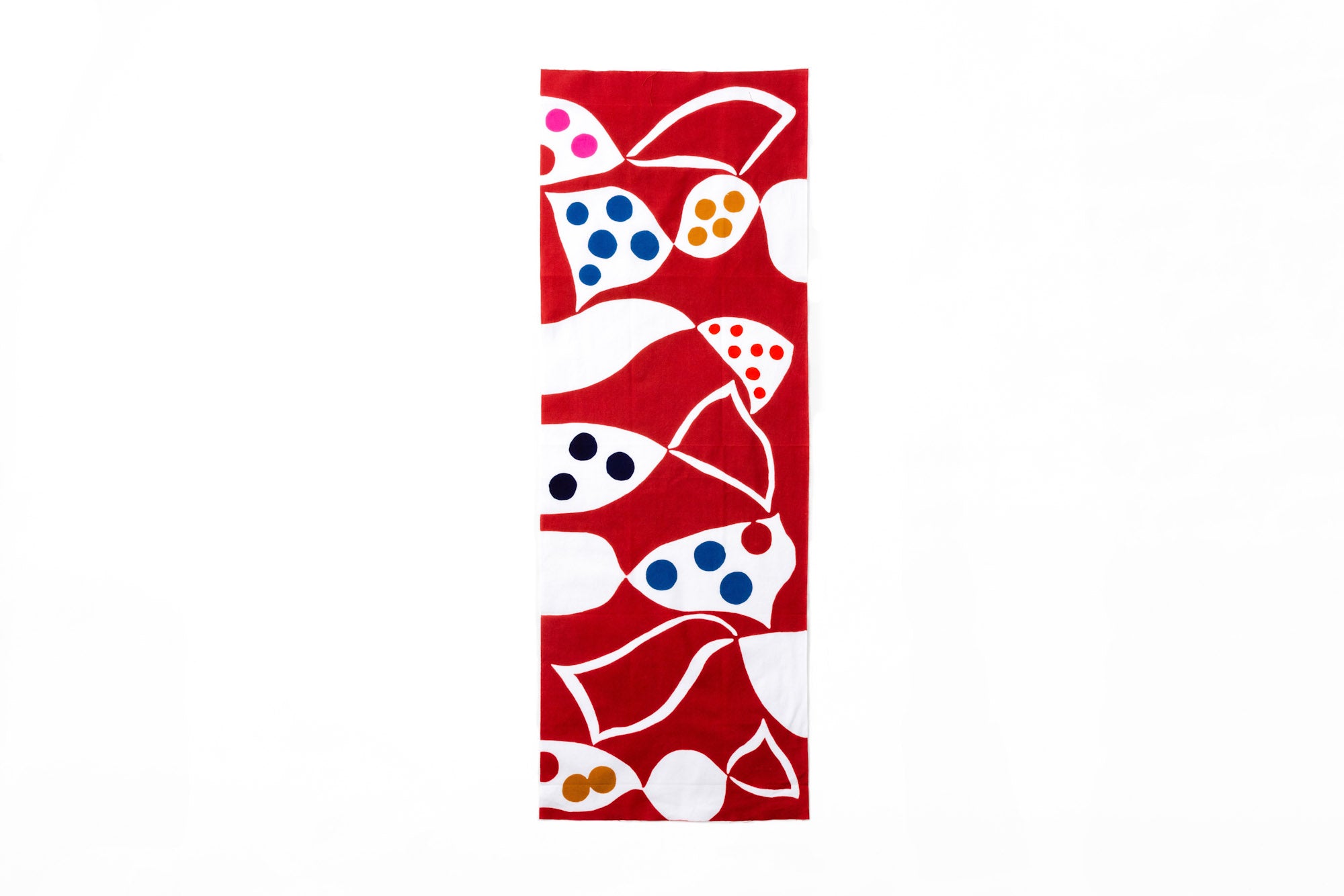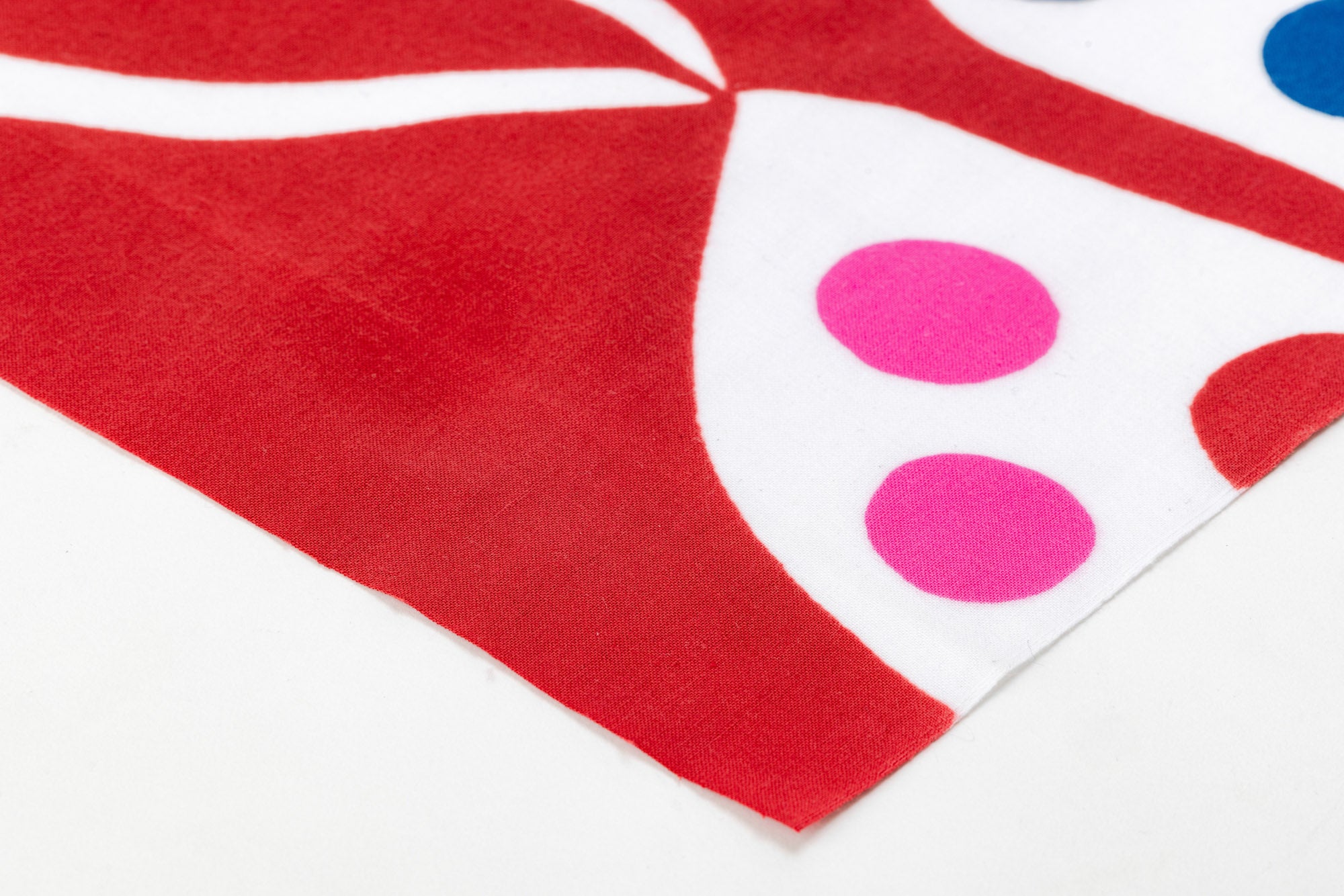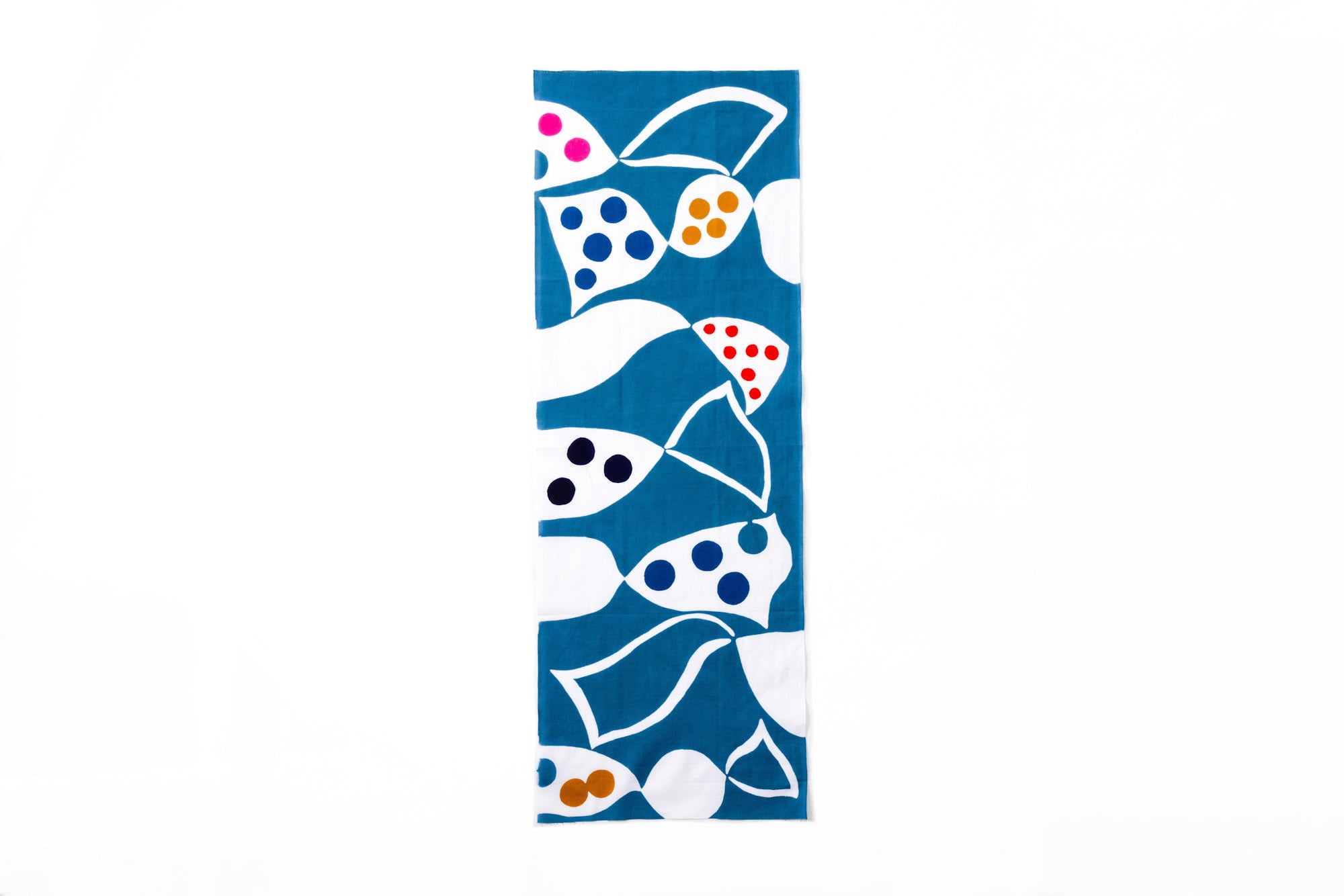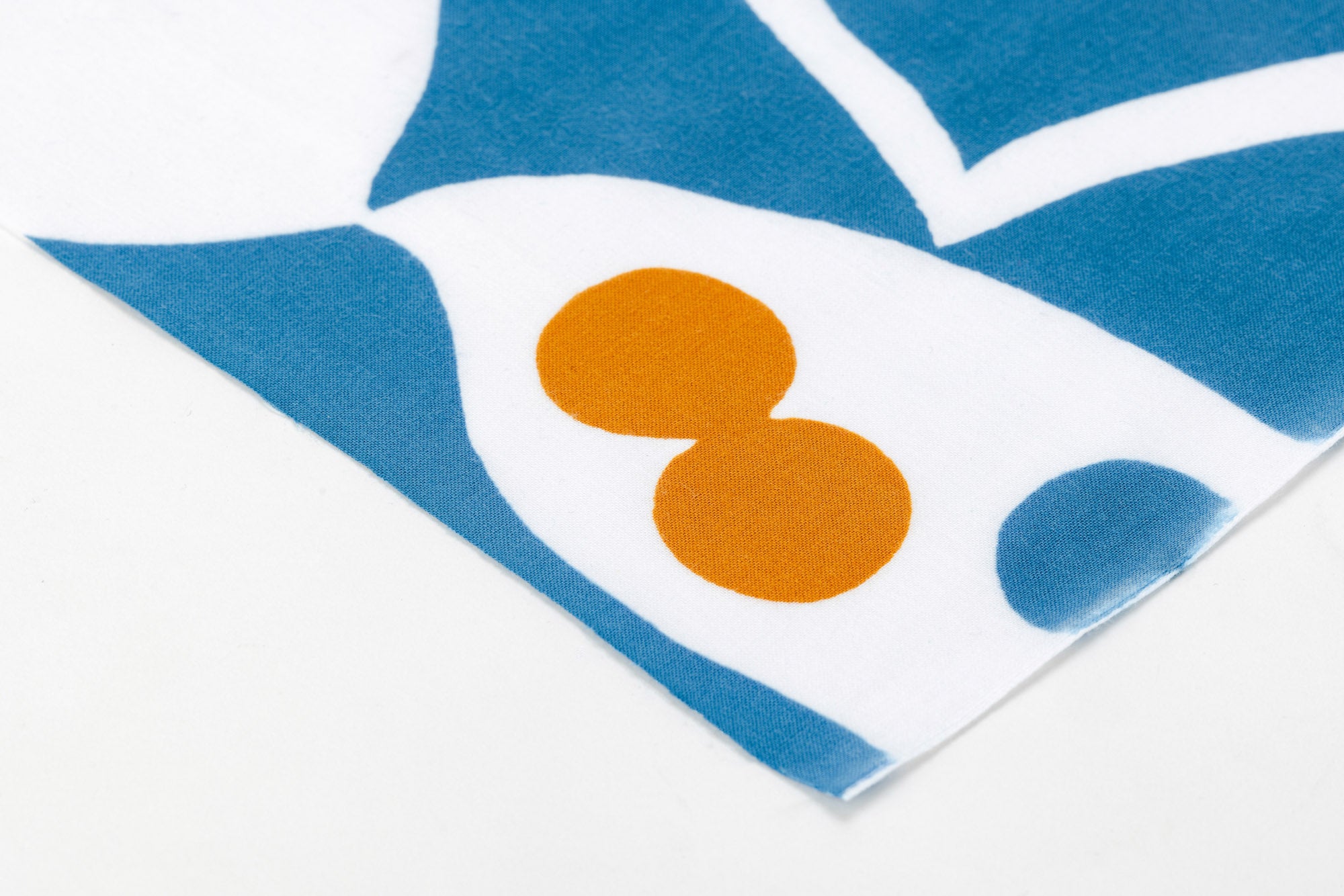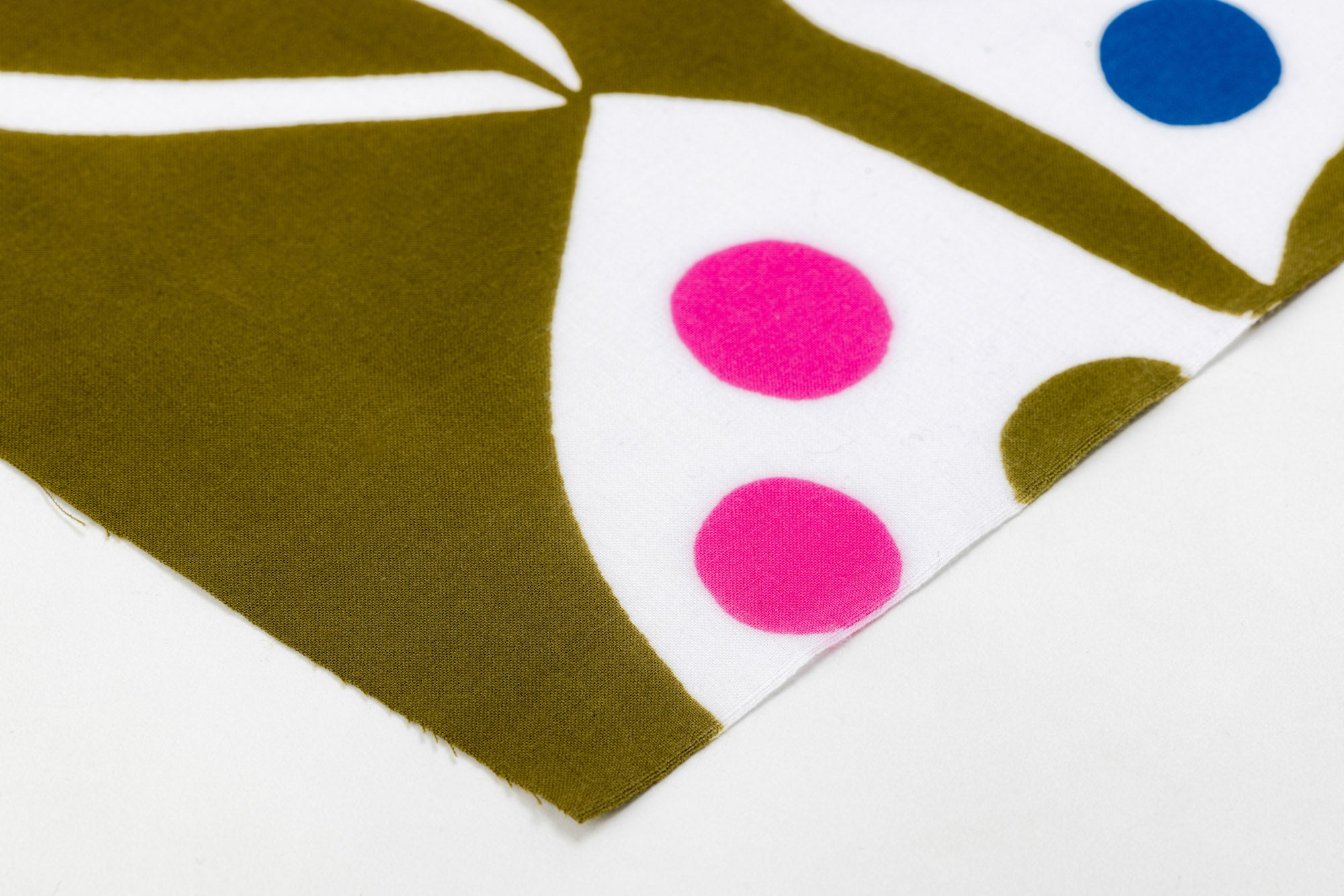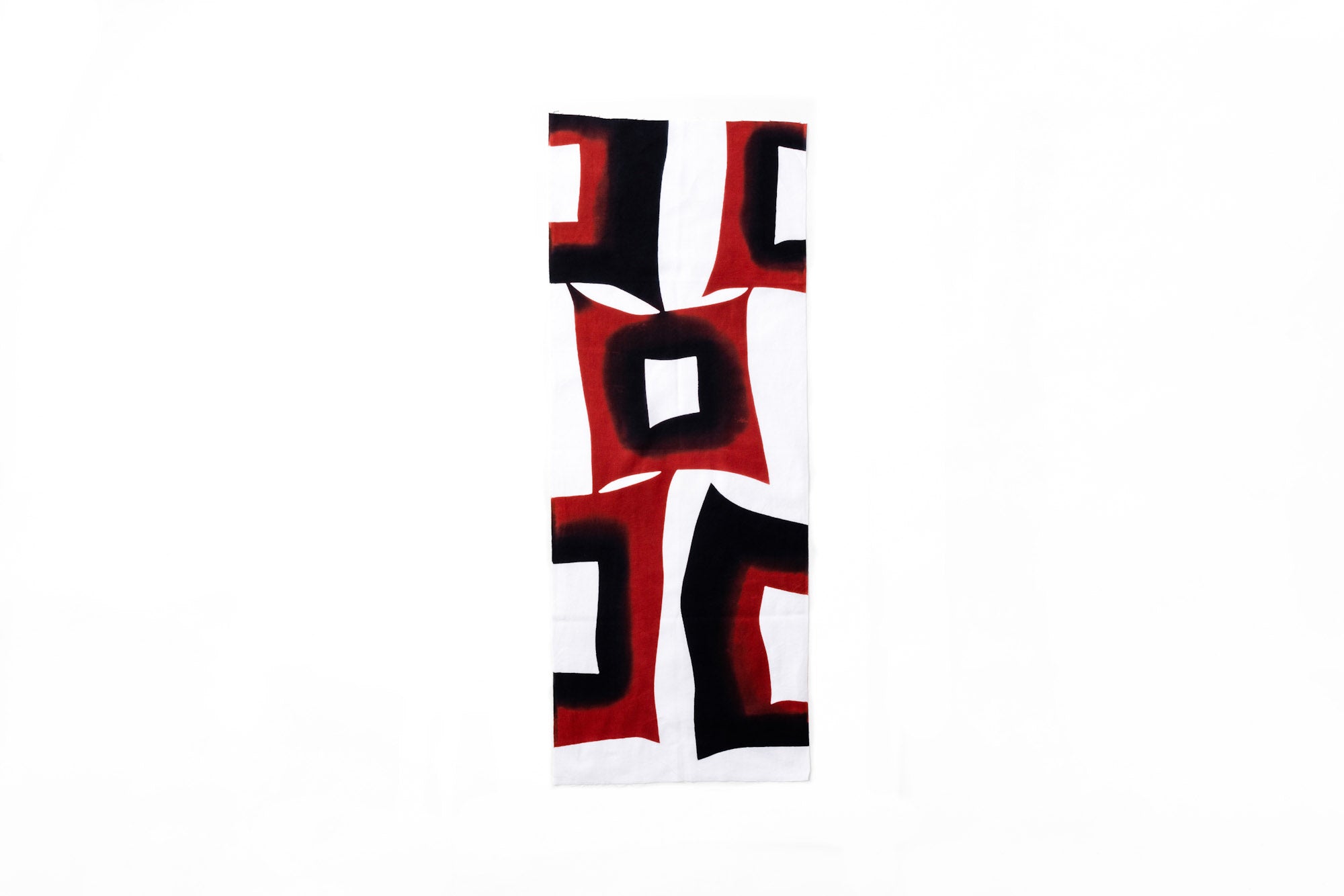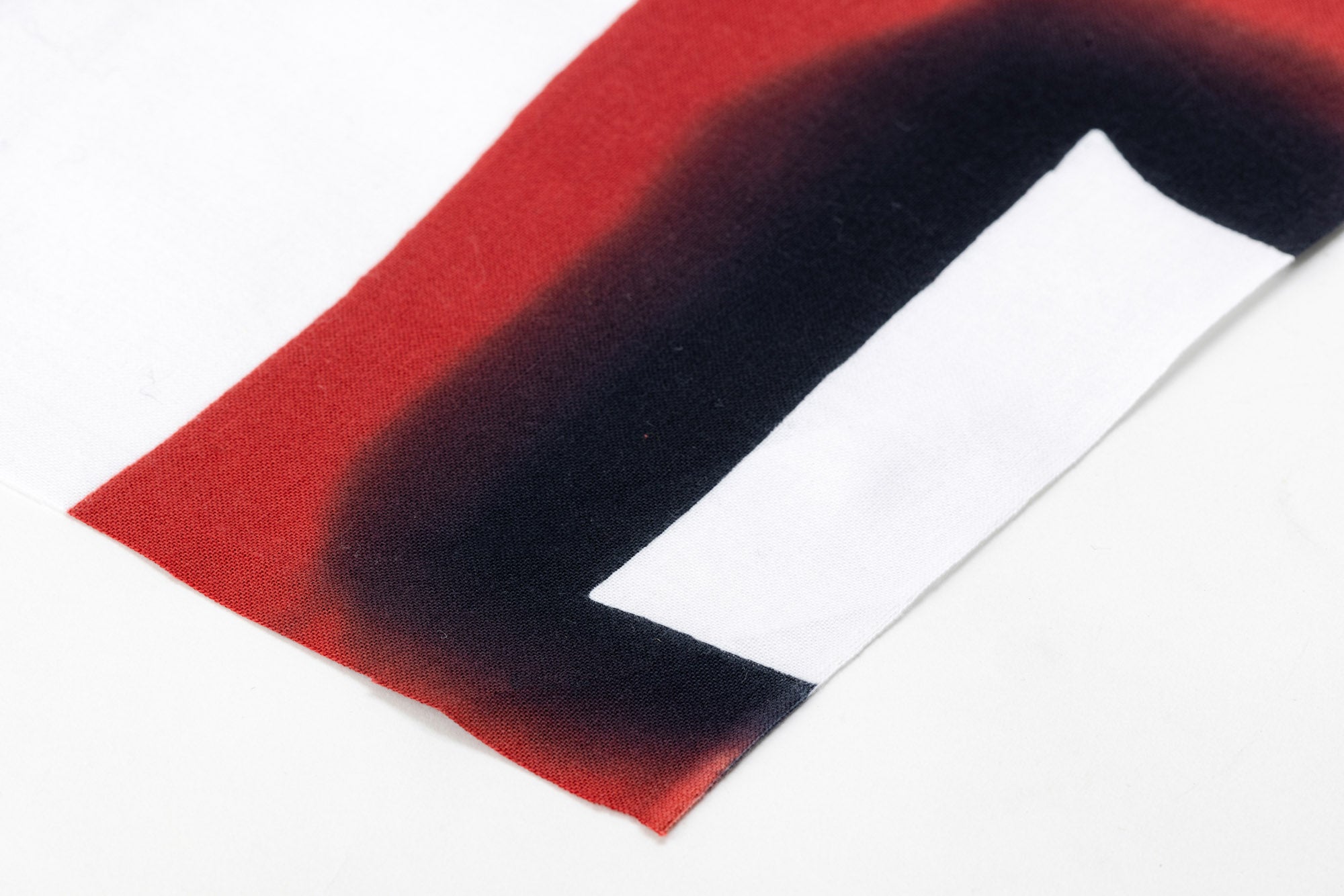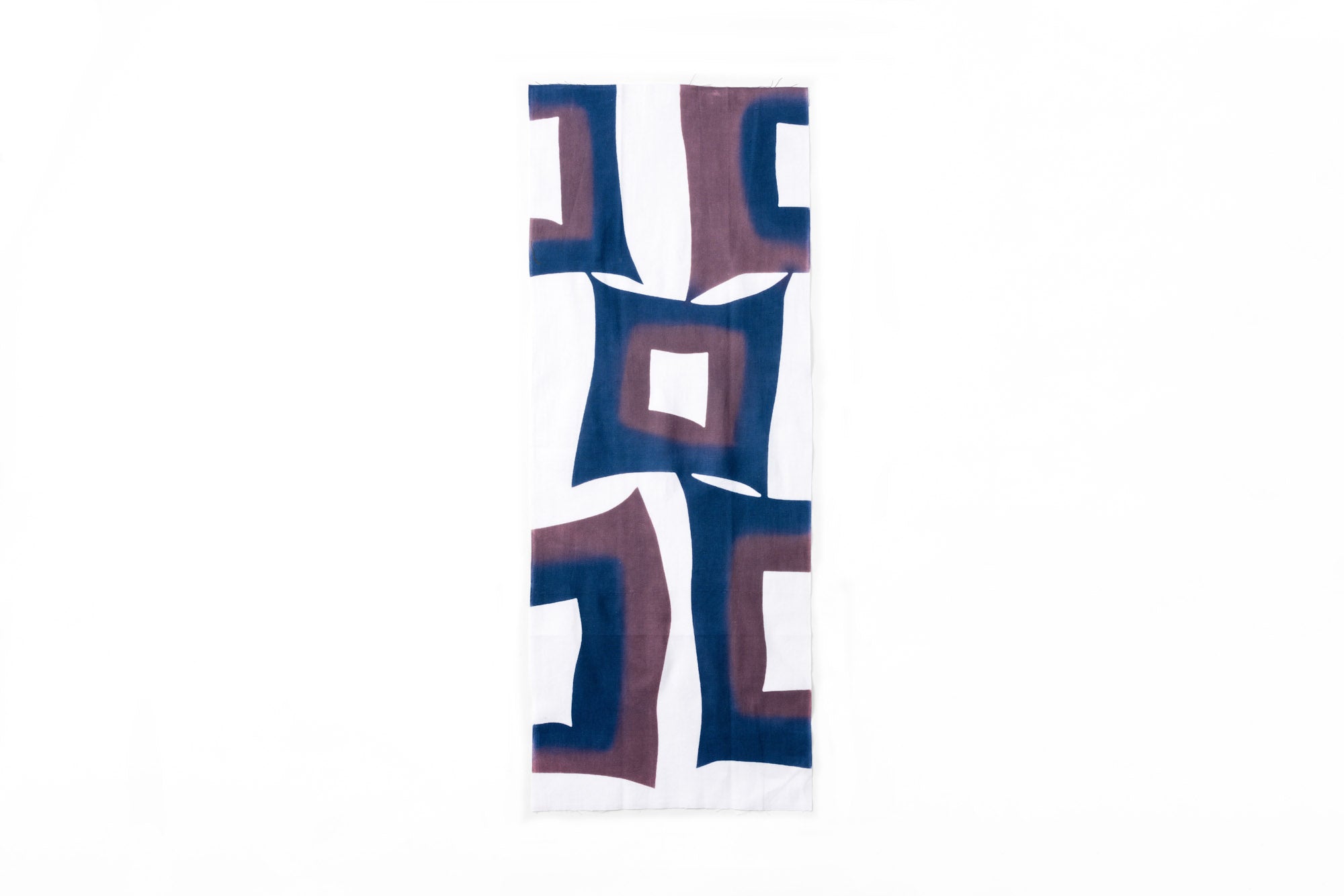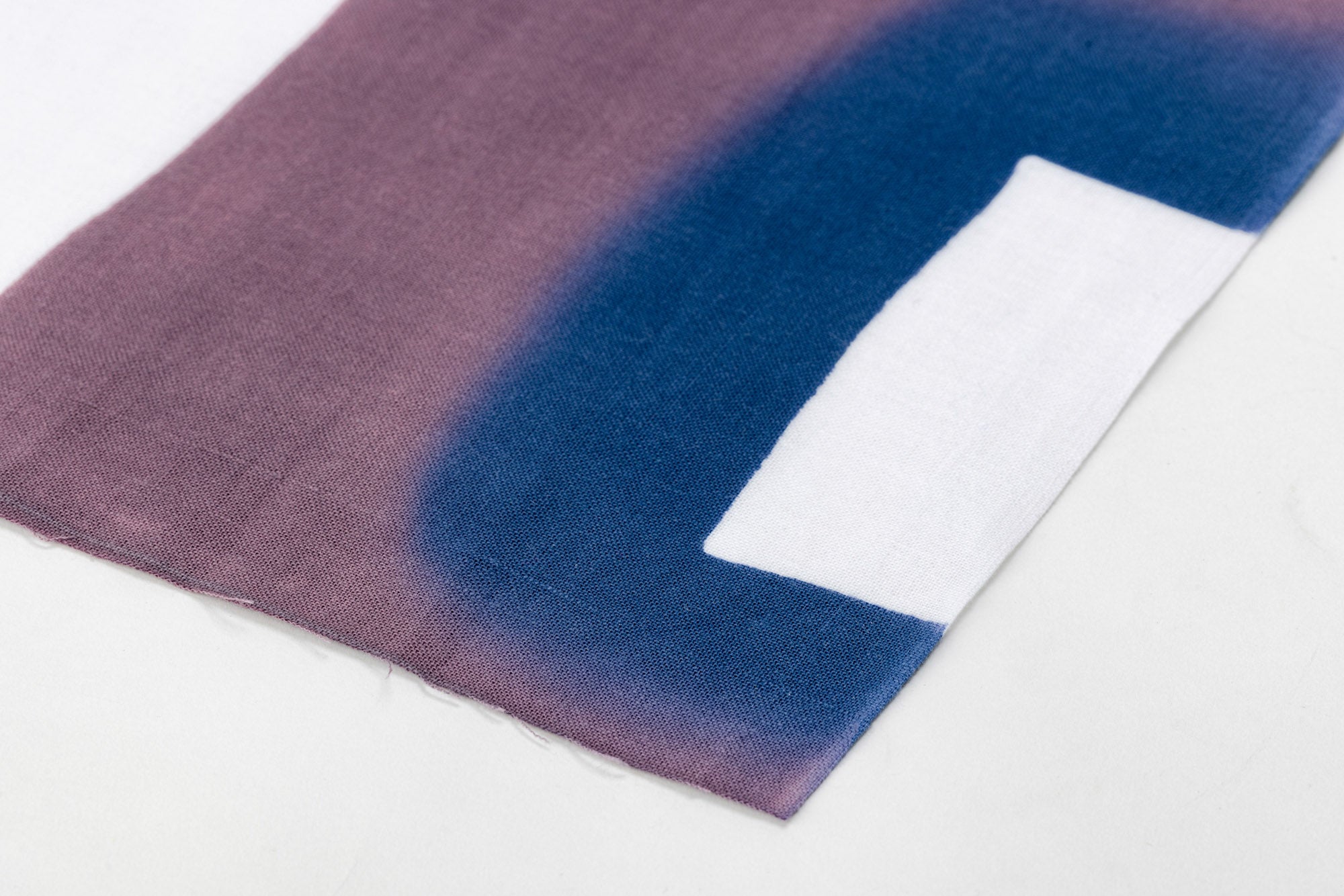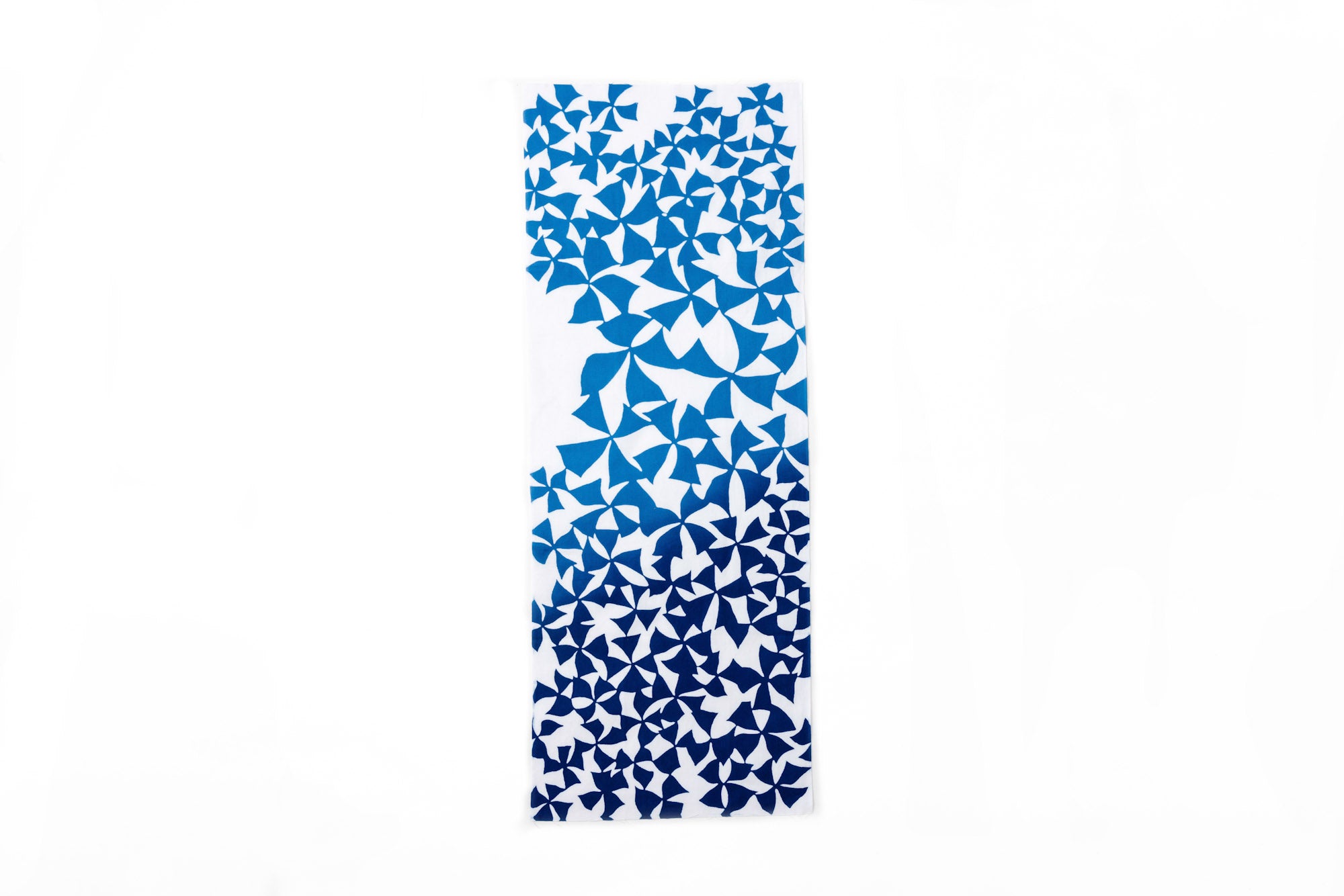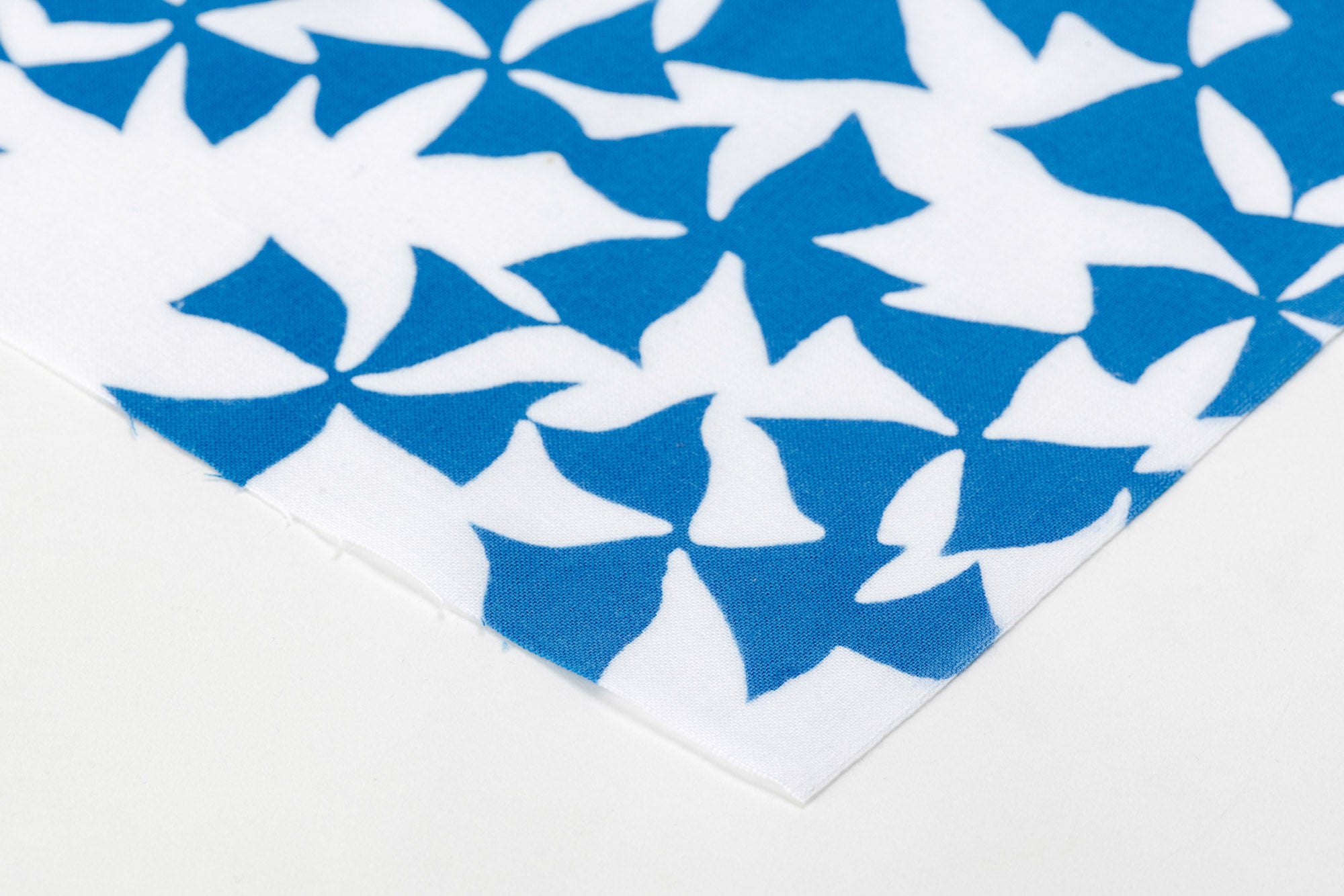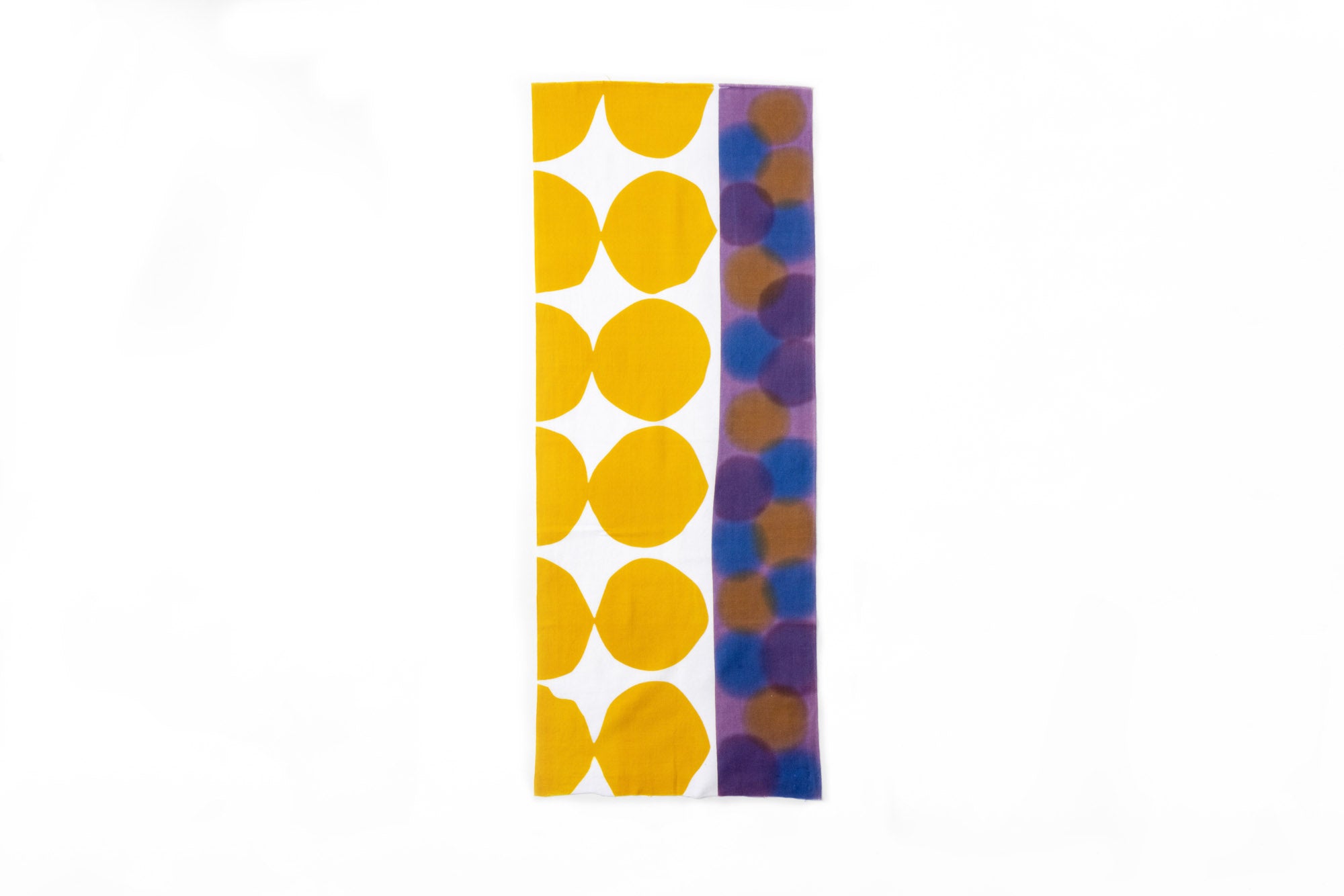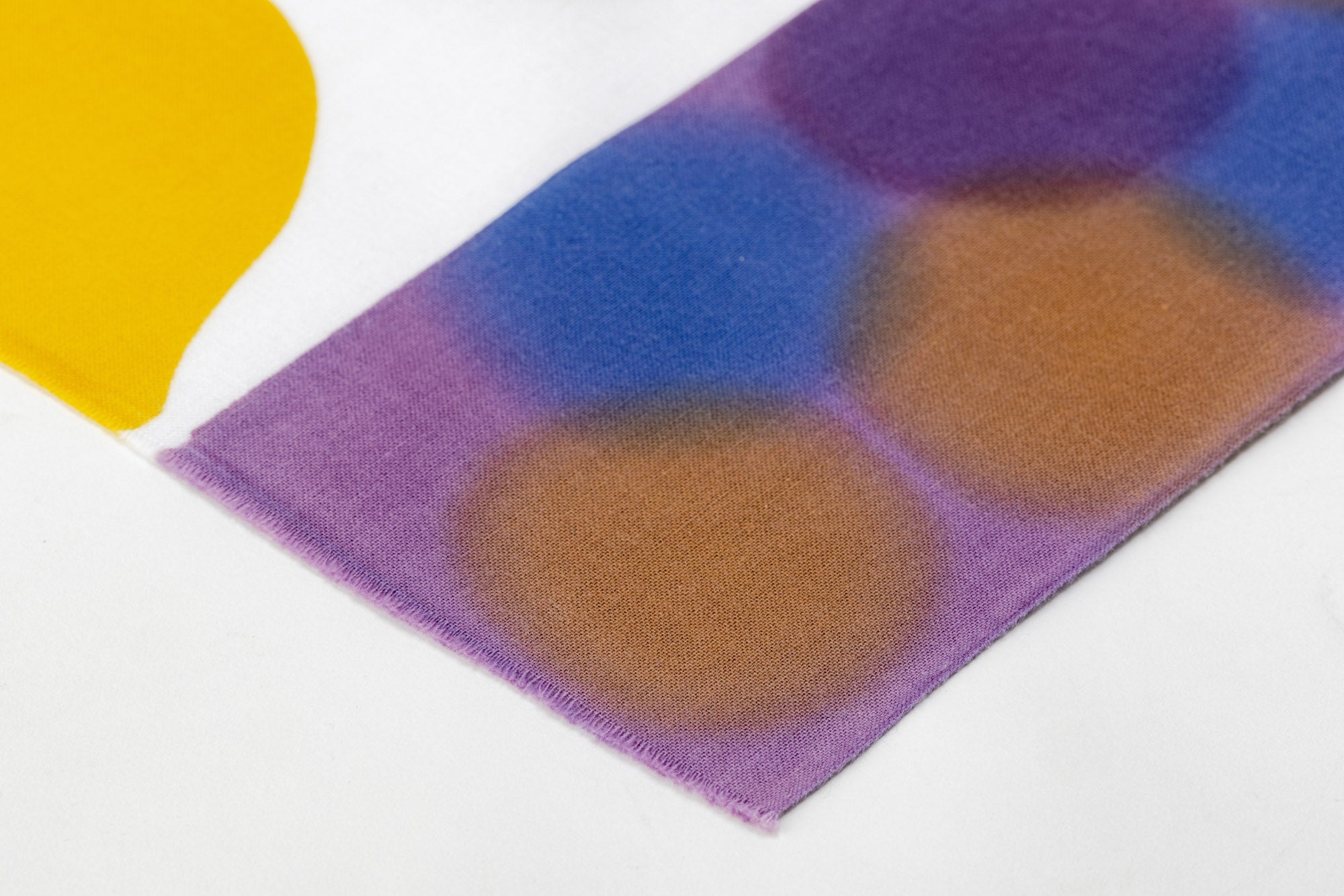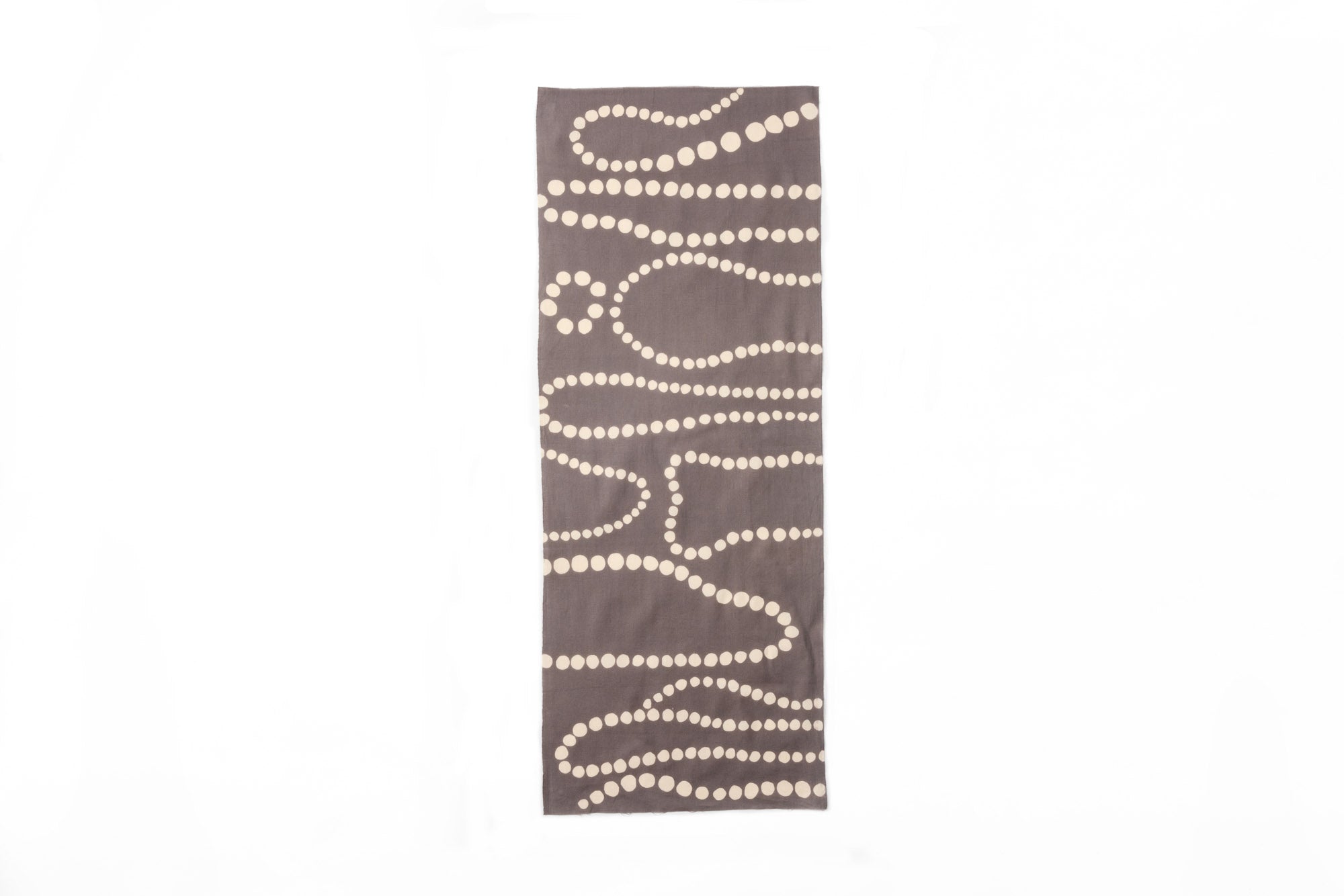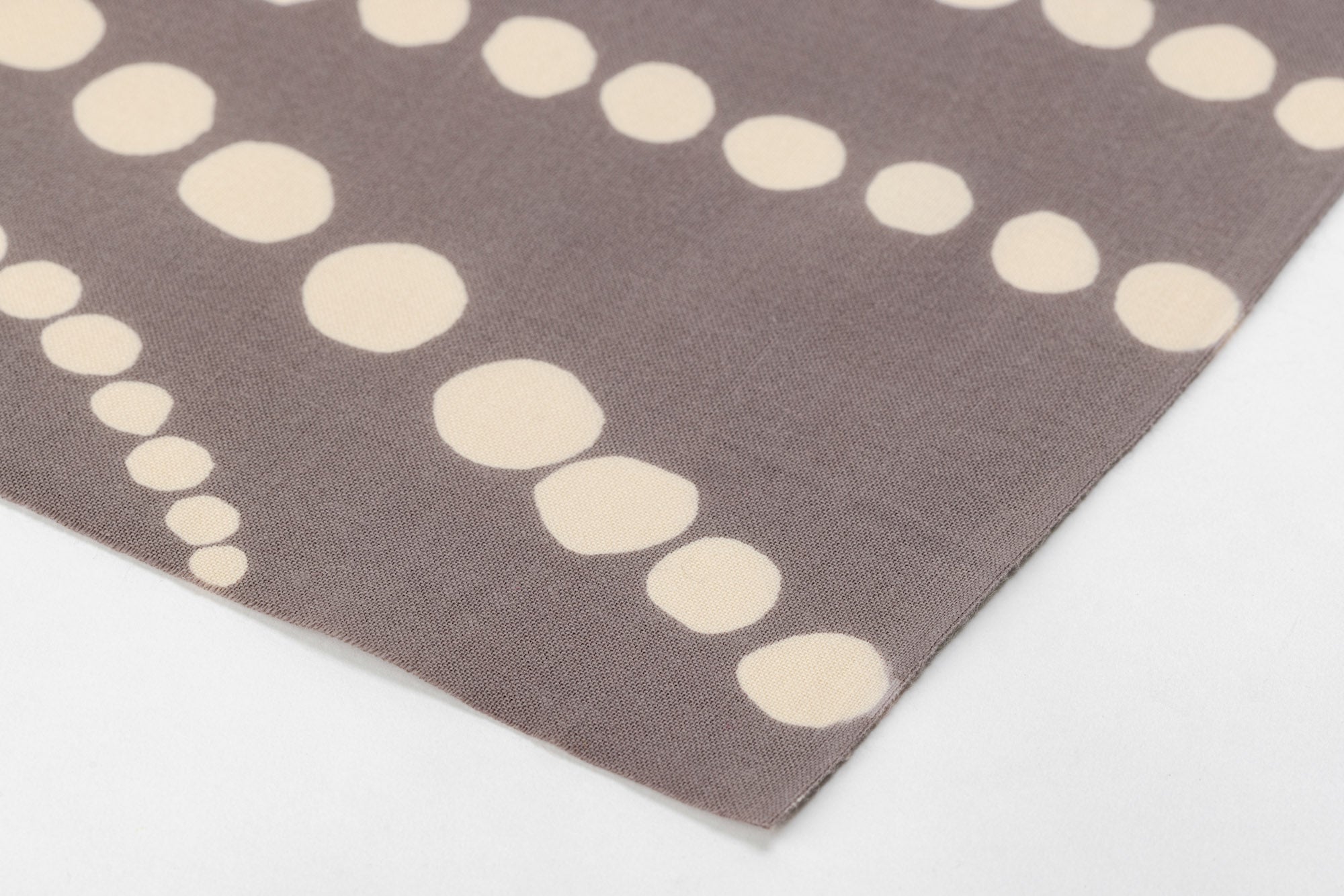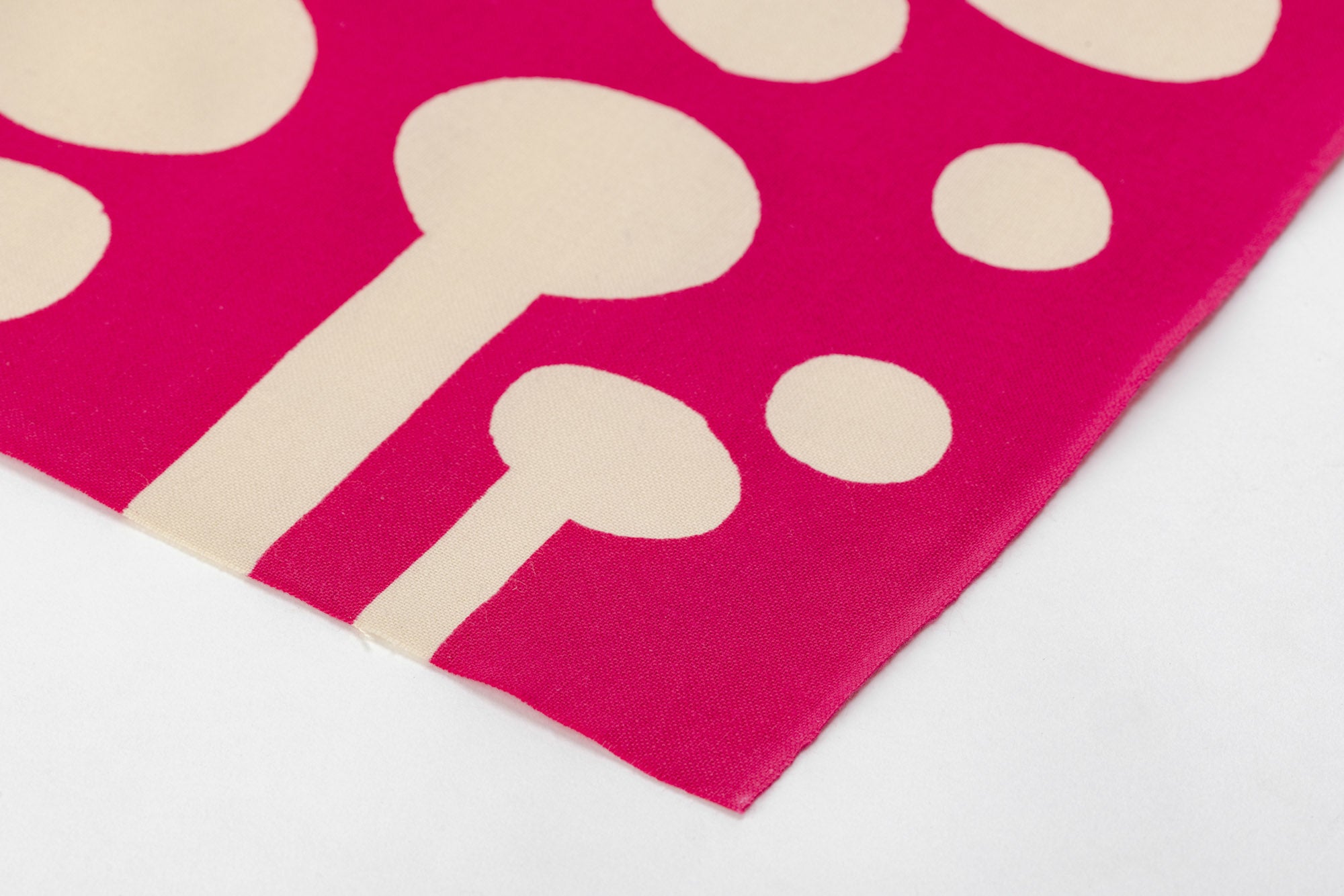The tenugui has a rich history, arguably as old as Japanese textiles themselves. These long, reusable cloths made of cotton are used in Japan for everything from wraps for carrying lunch boxes, gift wrapping, hand towels, table dressings, headbands, wall hangings and more. In addition to household uses, they are often worn around the head or neck for protection from the sun, cold, or dust, and are commonly seen at Japanese festivals as part of traditional attire.

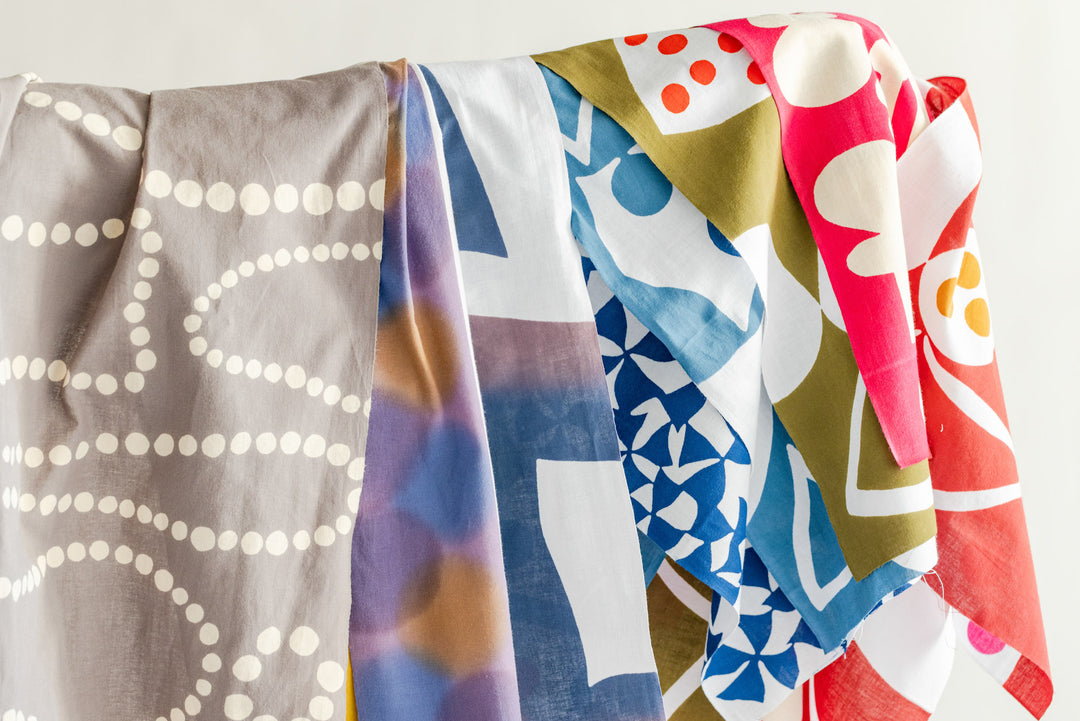
Although tenugui date back much farther, they became widespread amongst all classes of Japanese society during the Edo Period (1603 - 1867) when cotton became widely available. As dyeing techniques advanced, colors and designs became more elaborate, making tenugui the perfect fashion accessory draped over the shoulder or tucked under the collar of a kimono. Their utilitarian quality was also embraced as they were handy as washcloths, handkerchiefs, shoe liners, headbands, and even tourniquets. It was not uncommon for merchants, sumo wrestlers, kabuki actors, and rakugo performers to have their own tenugui printed and handed out like business cards, and to this day, they are still designed as souvenirs to commemorate special events and often exchanged as gifts in Japan.
The art of chusen dyeing has many techniques well-suited to creating multicolored patterns and gradients. For example, in one typical process called sashiwake-zome, artisans create patterns by using resist paste to dye-proof the fabric and make dye-banks. Dye is then poured around the resist paste. As a result, each fabric has slight variations, characteristic of hand-dyeing. Other important aspects of chusen technique include both sides of the fabric being dyed thoroughly with bright colors all the way through, and fascinating, multicolored blends, blotches, and gradations created as a result of the artisan's technique.
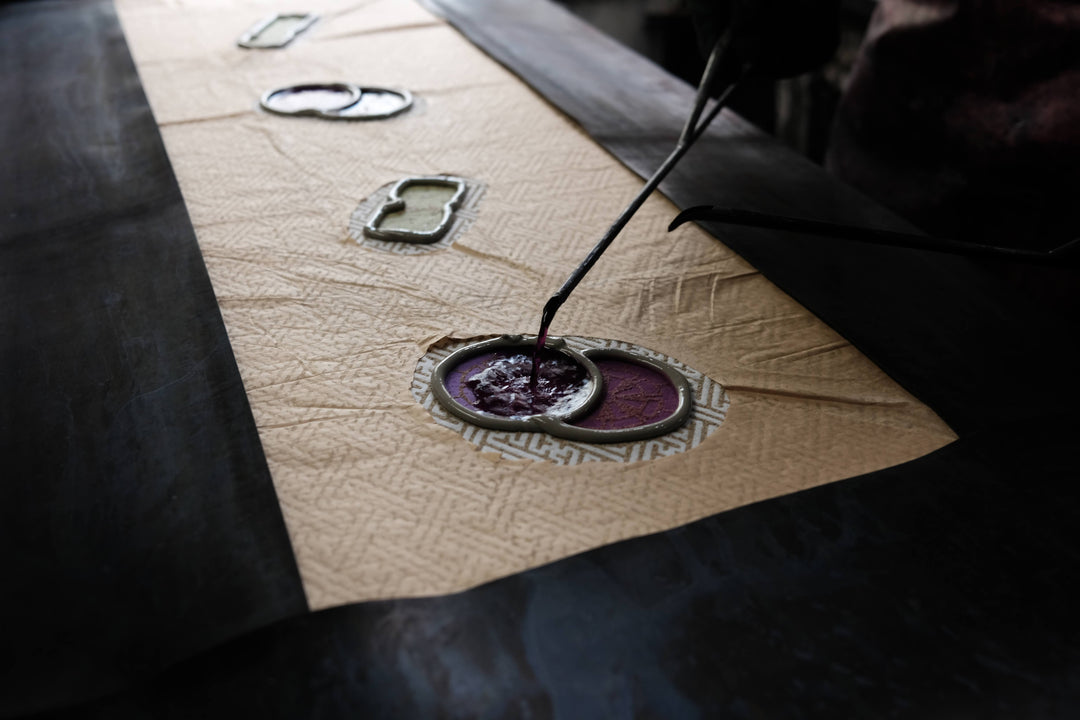
FAQs
Here are some of frequently asked questions. Feel free to talk to us via bottom-right chat icon for further assistance!
Yes, we ship worldwide with DHL. Shipping cost is calculated at the checkout, depending on the products’ weight and the destination.
After your order is confirmed, if the ordered products are in stock, we will ship it in the following business day. Then with DHL, it typically takes 3-5 business days.
We include care & maintenance leaflet with our products. Apart from that, feel free to ask us directly anytime!
When our products arrive in your country, you may be required to pay customs. These are charges payable by the customers, amount depending on the total amount of purchase.








